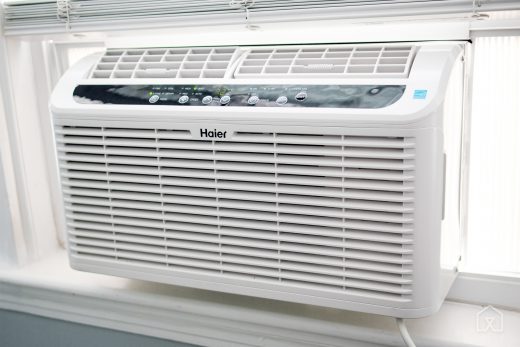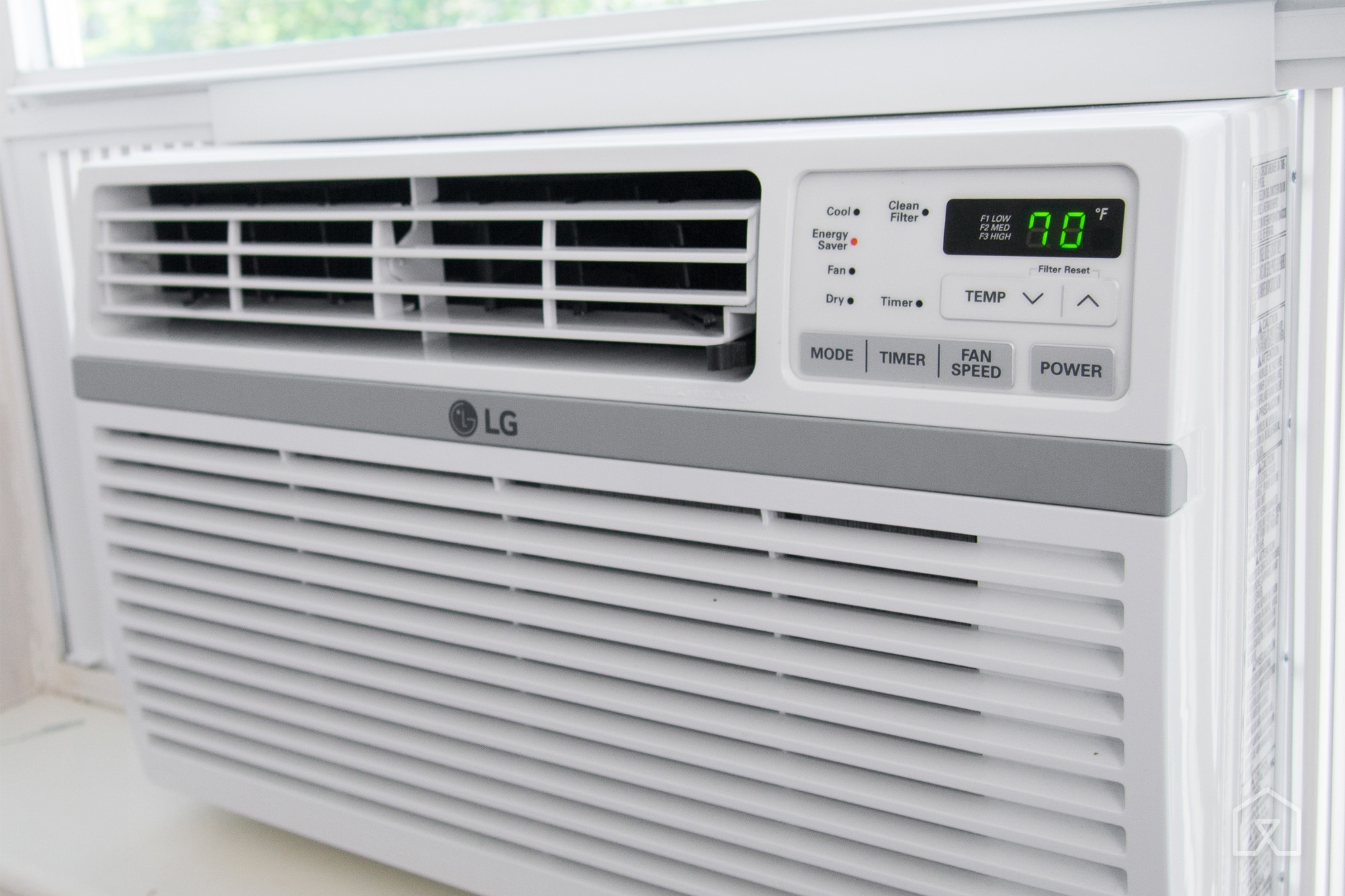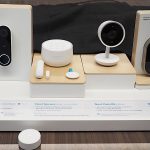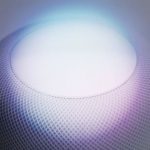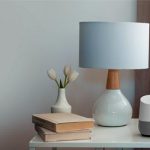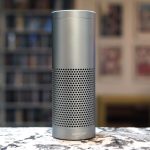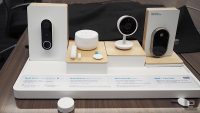The best air conditioner
By Liam McCabe
This post was done in partnership with The Sweethome, a buyer’s guide to the best homewares. When readers choose to buy The Sweethome’s independently chosen editorial picks, it may earn affiliate commissions that support its work. Read the full article here.
After six summers of researching, testing, and recommending window air conditioners, we’ve learned that quiet and affordable ACs make most people the happiest—and we think the LG LW8016ER will fit the bill in most rooms. It cools as efficiently and effectively as any model with an equal Btu rating, and runs at a lower volume and deeper pitch than others at this price. Little extra features like a fresh-air vent, two-axis fan blades, and a removable drain plug help set it apart, too.
How we picked and tested
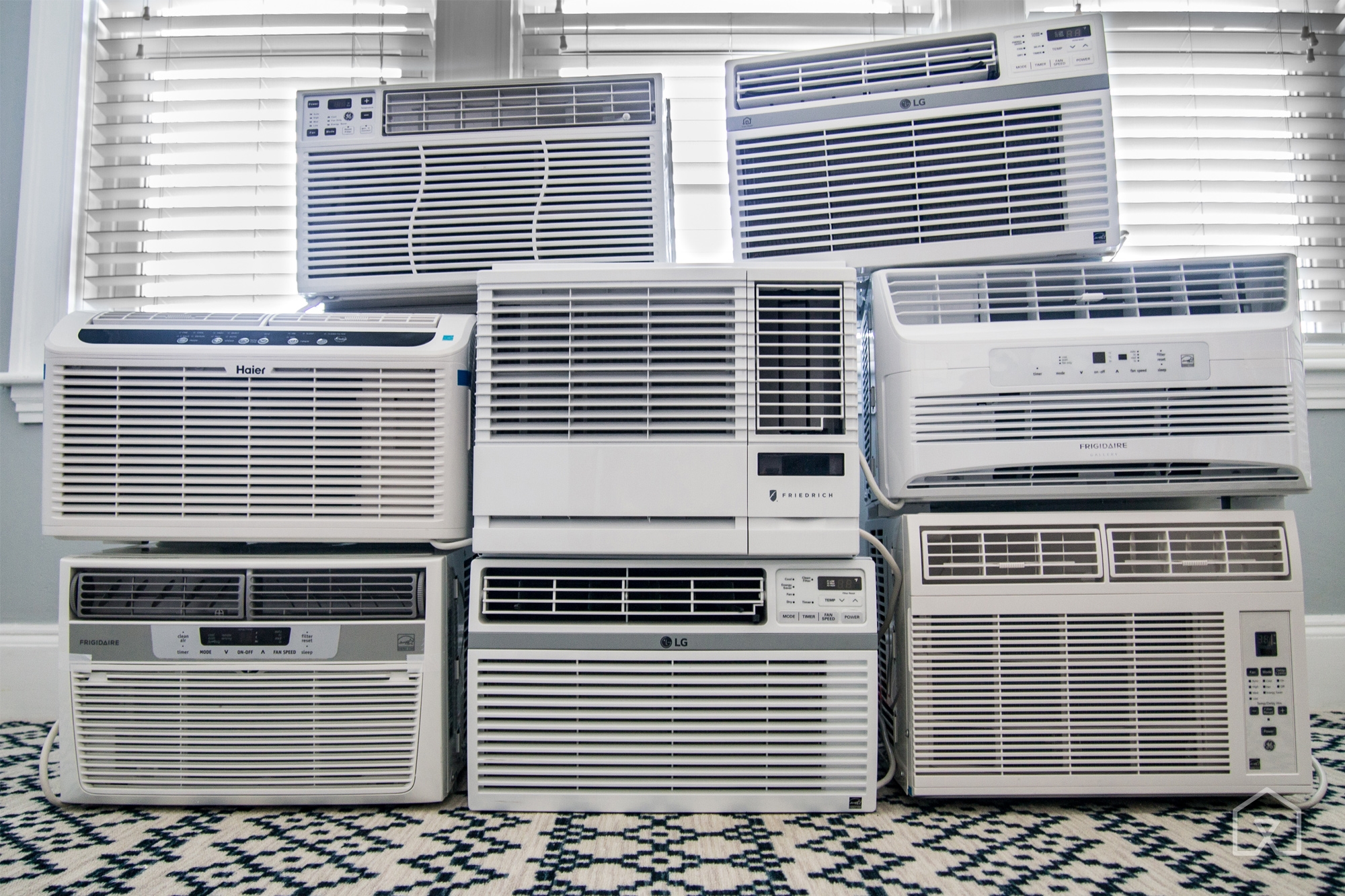
For most people, the best window air conditioner runs quietly without jarring whines, whooshes, or whirs, and with as much control over climate settings and air direction as possible. Ideally, it should pass the bedroom test: If it’s good enough to sleep near, it’s good enough for any other room in your house.
Everything else is much less important. Installation and maintenance should be easy, but they don’t vary too much from model to model, and you have to deal with them only a couple times per year. And cooling power and energy efficiency are so similar for window ACs at a given Btu rating that it’s barely worth worrying about. For this guide, we focused on models with 8,000 Btu, which are the most popular size and are suited for spaces between 300 and 350 square feet.
Our testing began by tracking down about 45 current-model window air conditioners with that cooling capacity. Based on specs, features, price, and our experience with older versions of some models, we settled on eight finalists. We then tested each of the finalists for noise by standing 6 feet away from each unit and measuring volume at the low, medium, and high fan settings, with and without the compressor running, and making note of any frequency spikes.
We also judged our finalists on the level of user control they allowed. One important area where window ACs can differ is their fan vents, which control the direction of airflow. We also considered the number of fan speeds, extra cooling modes, and the depth of remote control.
Our pick
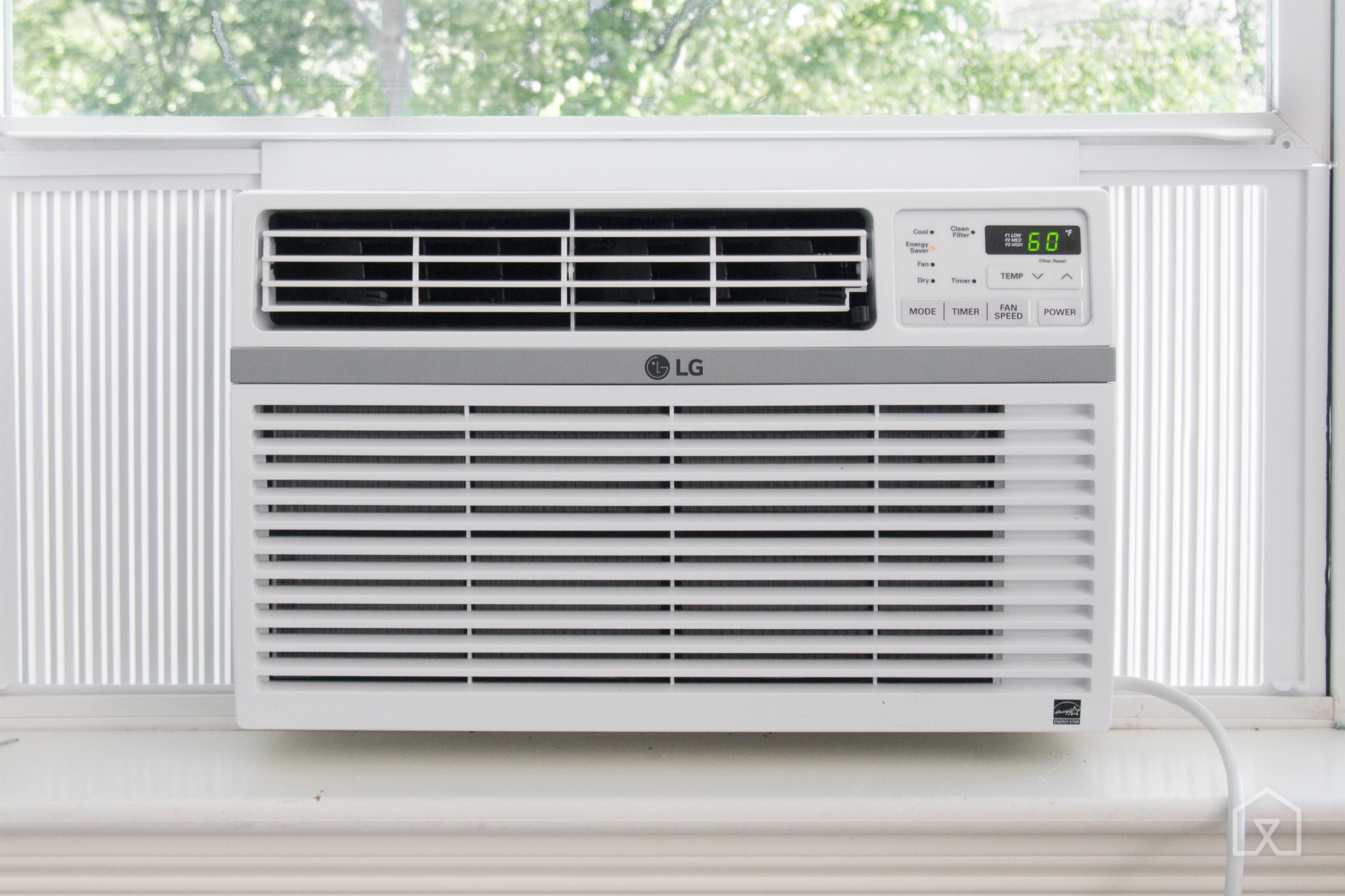
The LG LW8016ER is the window AC you should probably get, especially if it’s for an office, den, or other room where you won’t be sleeping. Compared with other ACs at this price, it’s quieter and hums along at a lower pitch, so it’s easier on the ears. It offers a greater level of flexibility than most of its competitors, covering all the little details, from the fan’s directional controls and outdoor-air vent to the dehumidifier mode and removable drain plug. This is the second summer in a row that we’ve recommended the LW8016ER as our top pick.
Most air conditioners are loud, but the LW8016ER is a bit quieter overall and sounds lower-pitched than the other 8,000-Btu models we tested. At its absolute loudest, with the compressor on and the fan at full speed, we measured it running at 66 dBC; the lowest fan-only setting is about 60 dBC. Although the overall volume is not much quieter than competing models, the LW8016ER will probably sound quieter to most people because it’s loudest at low frequencies. The most prominent sound it makes is a deep hum, which is almost (almost) relaxing.
The LW8016ER was the most cumbersome to install of all the window units we tested, but only modestly so. The worst part is that the weight is lopsided toward the back of the unit, so it feels slightly more treacherous to seat on a windowsill. Another nitpicky detail: The side curtains screw in, whereas those of most other units slide in. That said, you’ll have to deal with installation only once each spring and once each fall, so it’s not a huge deal.
Runner-up: As effective, a bit louder
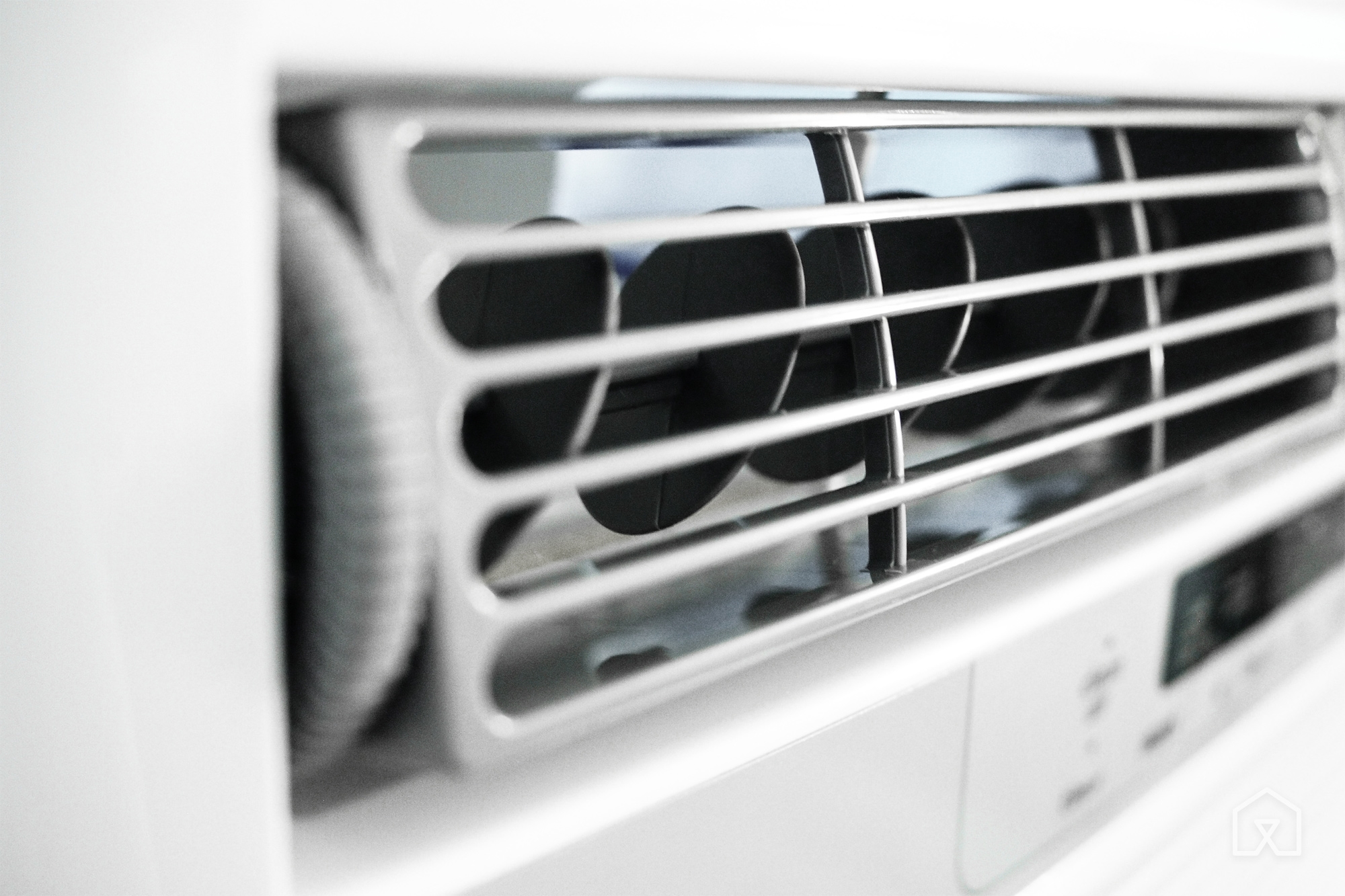
If our main pick is unavailable, the Frigidaire FFRE0833S1 is another affordable, widely available window AC. On cooling performance, the FFRE0833S1 works just like our main pick, and its price is often similar. But it runs slightly louder than our top pick (63 dBC on the lowest fan setting, and 67 dBC on the max setting) and with a more noticeable, higher-pitched whine.
Some little user-control features are lacking, too. The disc-shaped fan blades on the FFRE0833S1 permanently blow at least some air toward the right side of the unit, even if you direct most of it to the left. It also doesn’t have a drain, so in very humid conditions it can start to make an obnoxious flickering, bubbling noise as the fan passes through the pool of condensed water built up in the baseplate.
In its favor, though, the Frigidaire FFRE0833S1 is easier to install than our main pick. It’s 10 pounds lighter, with a smaller chassis and a more-centered weight distribution. Also, its side curtains slide in, rather than screw in, saving a few minutes of work and frustration.
Upgrade: Quieter but pricier
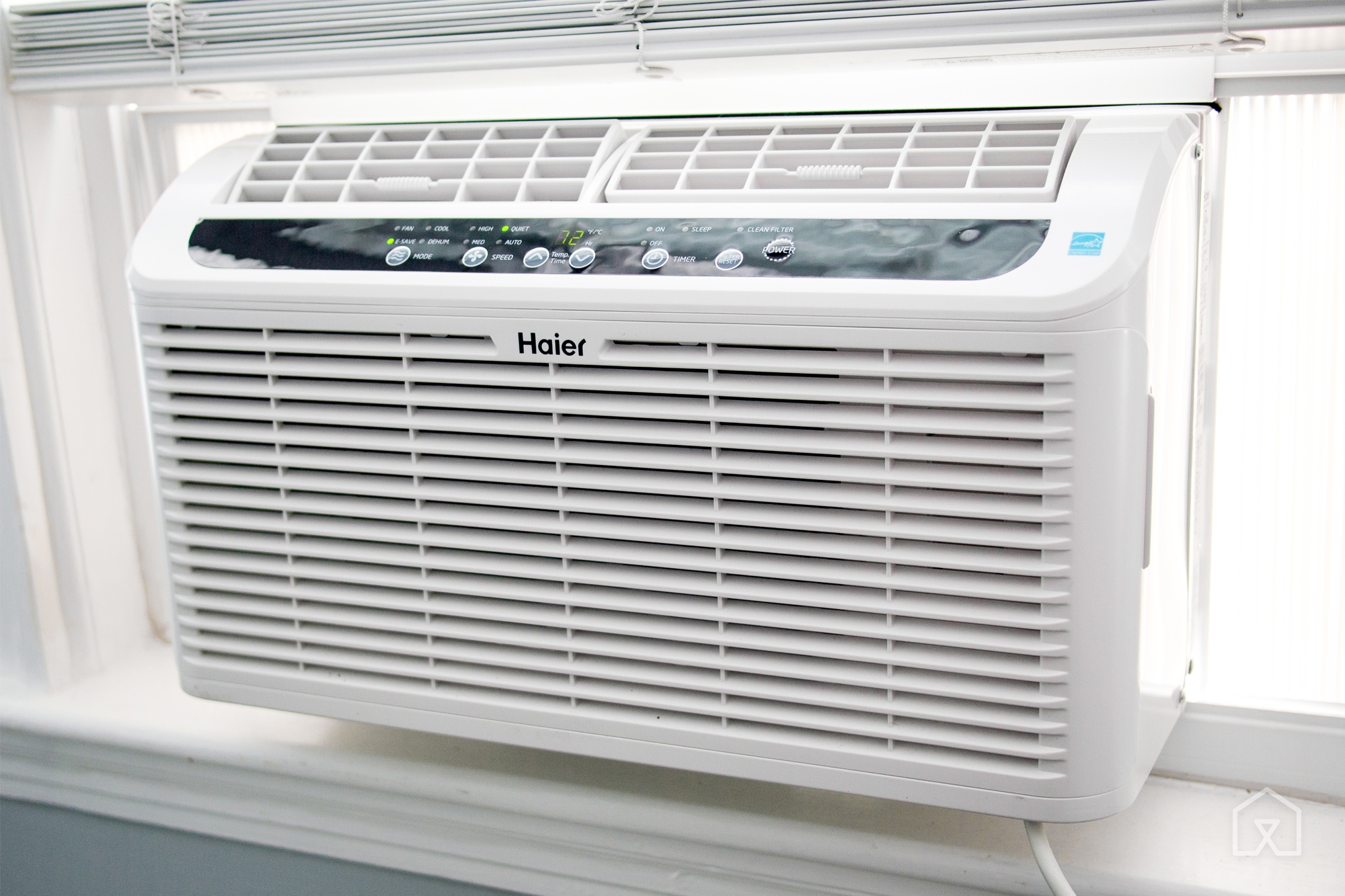
If you’re installing an air conditioner in your bedroom, or if you just value peace and quiet in other rooms, a few ACs are noticeably quieter than our main pick or runner-up, although they are more expensive.
As of late June 2017, our favorite bedroom AC, the Frigidaire Gallery FGRQ08L3T1 is out of stock. While we wait for it to come back, we recommend the Haier Serenity Series ESAQ406T in its place. The only caveat is that it’s available only in a 6,000 Btu version and is best suited for rooms smaller than 300 square feet.
At its lowest fan setting and with the cooling mode turned on, the Haier ESAQ406T runs at just 54.5 dBC, and at the high fan setting, it’s at least 6 dBC quieter than any other run-of-the-mill window AC.
If 6,000 Btu isn’t enough, but you can’t wait for our favorite 8,000 Btu bedroom unit to come back in stock, your other choice is the Friedrich Chill series, our upgrade pick for the latter part of summer 2016. These ACs are louder, larger, and more expensive than the new 2017 Frigidaire or Haier models, but they are widely available and come in a wider range of sizes.
This guide may have been updated by The Sweethome. To see the current recommendation, please go here.
Note from The Sweethome: When readers choose to buy our independently chosen editorial picks, we may earn affiliate commissions that support our work.
(65)

